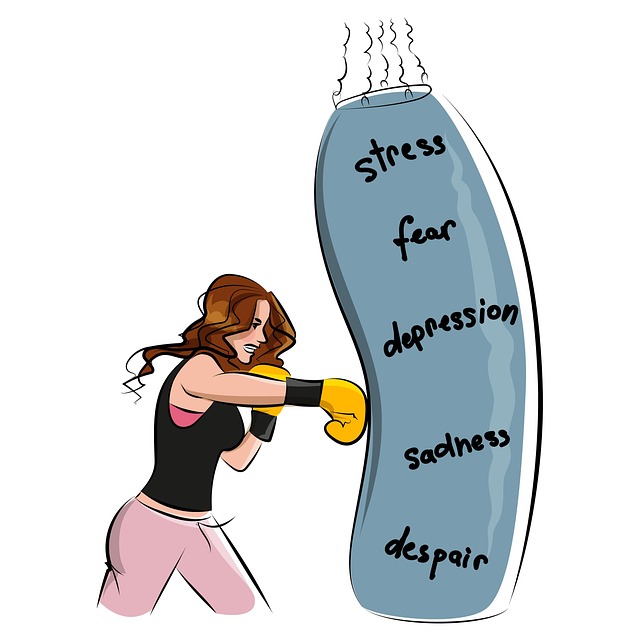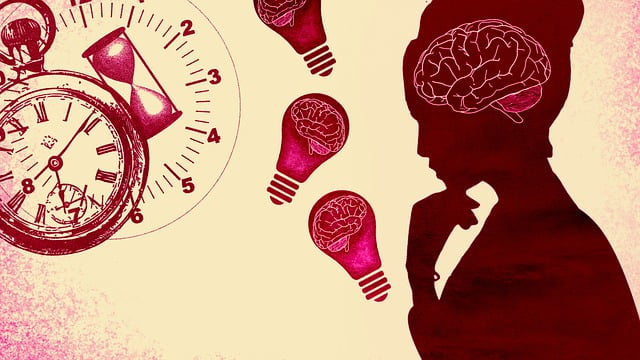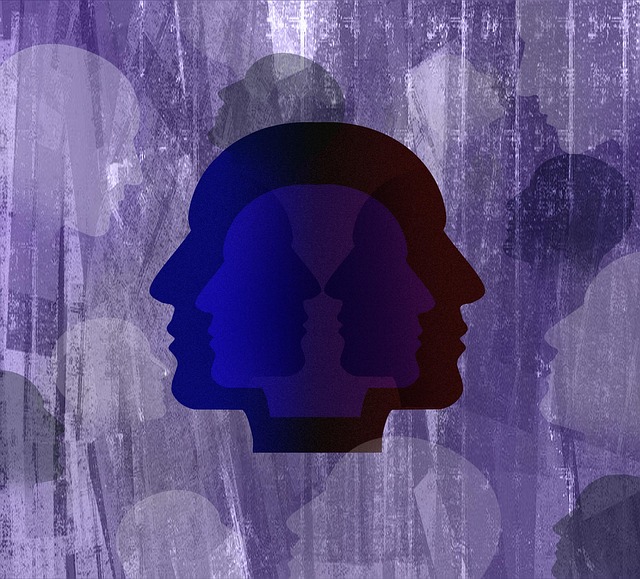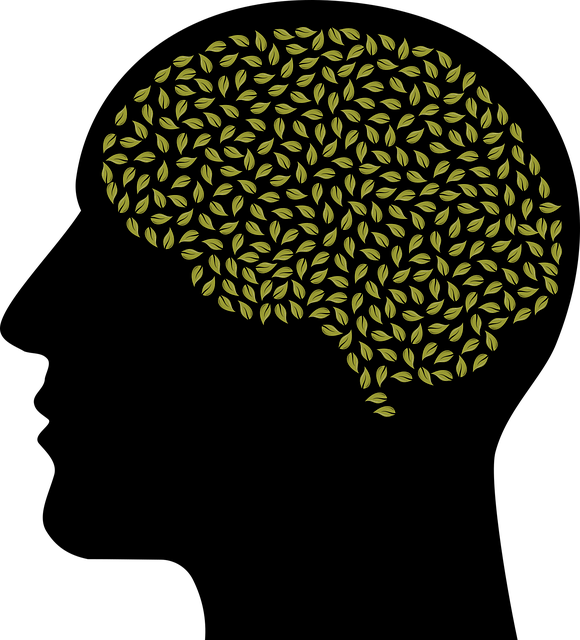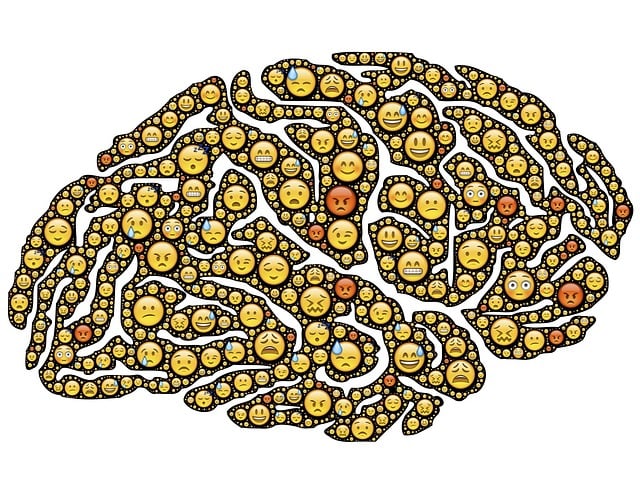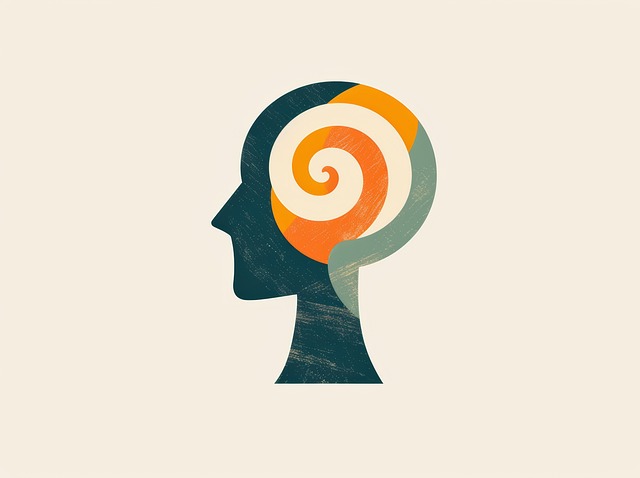Early detection of phobias in young children through structured interventions like CBT is crucial, addressing intense, irrational fears impacting daily life. Holistic approaches including self-care routines and culturally sensitive healthcare aid in overcoming these conditions. Diagnosis involves thorough assessments by qualified professionals, while therapy requires specialized strategies tailored to developmental stages. Support systems and public awareness campaigns facilitate timely intervention for therapy of young children phobias.
Mental illness diagnosis and treatment navigation can be a complex process, especially for young children experiencing phobias. This article offers a comprehensive guide, breaking down key aspects of understanding, diagnosing, and treating these fears. From recognizing early signs to exploring therapy approaches and navigating support systems, we equip parents and professionals with essential tools. Discover practical insights into effective interventions for managing and overcoming childhood phobias, emphasizing the importance of early action and specialized care using evidence-based therapy for young children phobias.
- Understanding Young Children's Phobias: Early Signs and Behaviors
- The Diagnosis Process: Professional Assessment for Mental Health Professionals
- Therapy Approaches for Treating Phobias in Young Children
- Navigating Treatment Options: Support Systems and Resources for Families
Understanding Young Children's Phobias: Early Signs and Behaviors

Phobias in young children can manifest as intense, irrational fears that significantly impact their daily lives. Early signs often include excessive anxiety or avoidance of specific situations, objects, or places. For instance, a child might show extreme hesitation or outright refusal to enter dark rooms, be around animals, or participate in social activities, even with familiar people present. Behaviors can range from persistent crying and tantrums to withdrawal and separation anxiety from parents or caregivers.
Recognizing these early signs is crucial for providing timely therapy for young children’s phobias. Through structured interventions like cognitive-behavioral therapy (CBT), children learn to challenge negative thoughts, face their fears in a safe environment, and develop coping strategies. Alongside therapy, promoting a healthy self-care routine development for better mental health can be beneficial. Additionally, social skills training and enhancing the cultural competency of healthcare providers—to ensure culturally sensitive care—are important components in navigating this journey towards overcoming phobias in young children.
The Diagnosis Process: Professional Assessment for Mental Health Professionals

The diagnosis process for mental illness begins with a comprehensive assessment conducted by qualified mental health professionals. This involves gathering detailed information about an individual’s symptoms, medical history, and overall functioning through interviews, questionnaires, and observations. Mental health specialists, such as psychiatrists, psychologists, and licensed therapists, use standardized diagnostic tools to ensure accuracy and consistency in their evaluations. These tools are designed to identify specific disorders, including anxiety, depression, phobias, and other mental health conditions commonly affecting young children.
Professional assessment plays a crucial role in differentiating between normal developmental stages and potentially disruptive mental health issues. For instance, therapy for young children with phobias requires a nuanced understanding of their fears and the underlying causes. Social skills training and stress management workshops can be beneficial components of treatment plans, as they foster resilience and coping mechanisms. Public awareness campaigns contribute to early detection by educating parents, caregivers, and educators about recognizing signs of mental illness, ensuring timely intervention and improved outcomes for children in need of specialized care.
Therapy Approaches for Treating Phobias in Young Children

Treating phobias in young children often involves specialized therapy approaches that cater to their unique needs and developmental stages. Cognitive Behavioral Therapy (CBT) is a widely recognized and effective method, focusing on identifying and modifying negative thought patterns and behaviors associated with fear. This therapy helps children understand and manage their phobias by gradually exposing them to the feared object or situation in a safe and controlled manner, a process known as desensitization. CBT encourages children to replace anxious responses with more adaptive coping strategies, promoting emotional healing processes.
In conjunction with CBT, other therapeutic techniques like play therapy and art therapy can be beneficial for young children. Play therapy provides a non-threatening environment where kids can express their fears and work through them at their own pace. Art therapy allows children to externally portray their emotions, which can aid in self-care routine development for better mental health and burnout prevention. These therapeutic approaches collectively aim to empower young individuals to overcome phobias, fostering resilience and a healthier emotional landscape.
Navigating Treatment Options: Support Systems and Resources for Families

Navigating treatment options can be a complex task for any family, especially when dealing with mental health concerns in young children. The process often involves exploring various therapeutic approaches, such as cognitive-behavioral therapy (CBT), which has proven effective in addressing specific fears and phobias common in this age group. Early intervention is key to supporting emotional healing processes and fostering positive thinking in children.
Support systems play a vital role in this journey. Many organizations offer resources for families, including stress management workshops designed to equip parents with tools to assist their children. These networks provide guidance on finding the right therapists, understanding treatment plans, and advocating for their child’s mental health needs. With access to adequate information and support, families can make informed decisions, ensuring their child receives the best care possible.
Mental illness diagnosis and treatment navigation can be complex, especially when addressing phobias in young children. However, understanding early signs, the diagnosis process, effective therapy approaches, and available resources empowers parents and professionals to provide much-needed support. By leveraging these insights, families can navigate treatment options effectively, fostering a healthier and more secure environment for their child’s mental well-being. Effective therapy for young children’s phobias remains a cornerstone in overcoming these challenges, with the right support systems in place.

